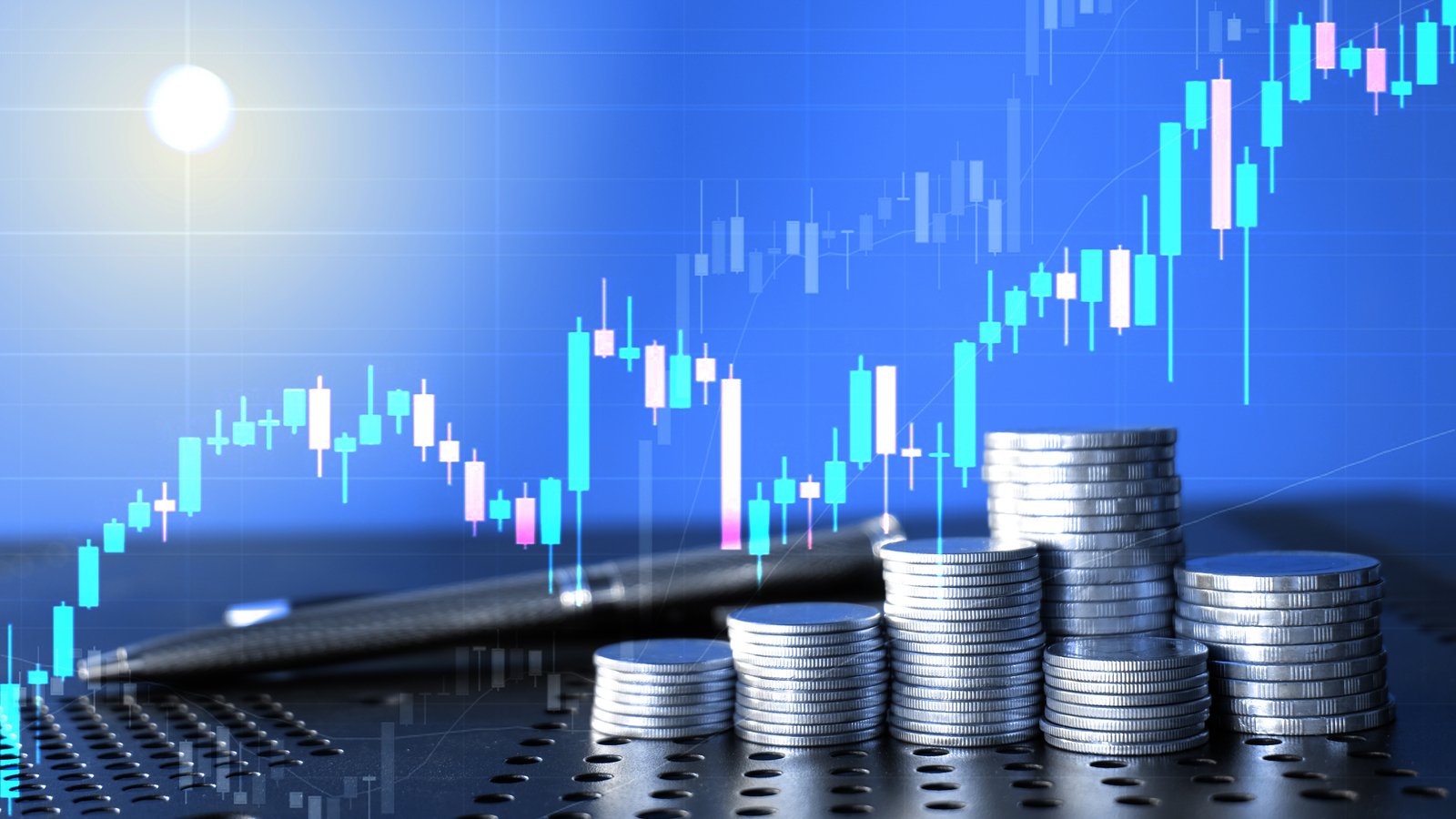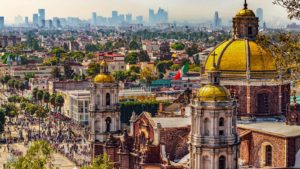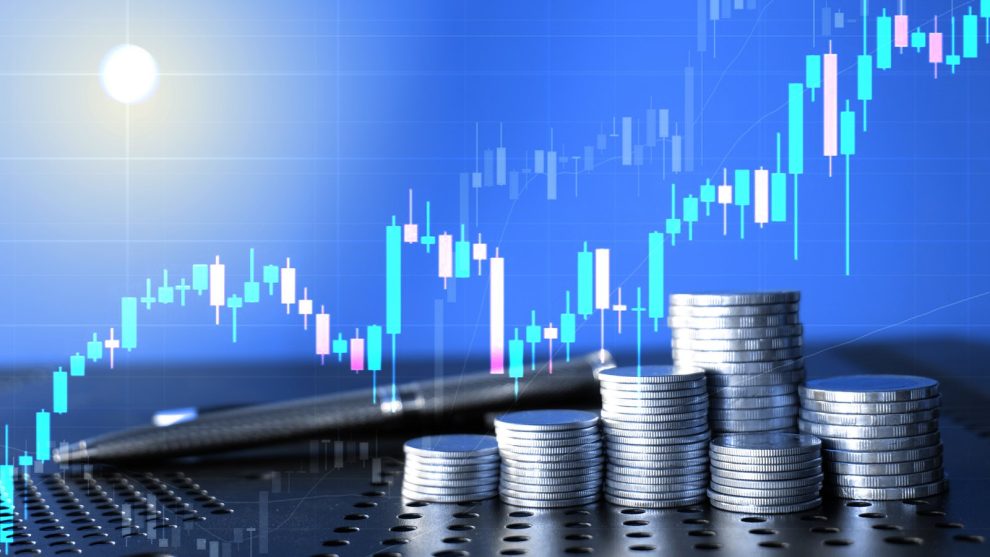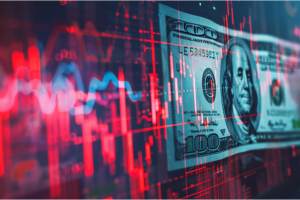
Closed-end funds are like initial public offerings in that, an initial share amount is sold to the public. With a few exceptions, they are then “closed” to new capital, which explains where they get their name. They trade like ETFs or stocks.
Investors buy closed-end funds because they often trade at a discount to their net asset value per share. For example, if XYZ fund had a net asset value (NAV) of $15 and traded at a 15% discount to NAV, its share price would be $12.75.
The three funds I wrote about a year ago in April have an average one-year return of 8.5%, considerably less than the S&P 500. However, considering their total returns (income plus capital appreciation), the average is much more palatable, up 21.6%.
Here are three closed-end funds to buy at a discount that can outperform the three I selected in 2023.
Calamos Strategic Total Return (CSQ)

I’ve chosen one closed-end fund that covers debt, equity, and foreign investments. In terms of net assets, the larger the fund, the better.
The Calamos Strategic Total Return (NASDAQ:CSQ) invests in debt, hybrid, and equity securities. It allocates at least 50% to equities. The fund also uses leverage to juice returns where possible. It is currently nearly 32% leveraged.
Launched in March 2004, it has $2.68 billion in net assets based on 160.34 million shares outstanding and an NAV per share of $16.71. It currently trades at a discount of 1.5% to its NAV, which is above the fund’s three-year average discount of 0.18%. That’s a good thing.
The top three securities by weight are equities (65.2%), convertibles (15.3%), and corporate bonds (10.6%). The top 10 holdings account for 26.8% of its portfolio, with Microsoft (NASDAQ:MSFT) the largest by weight at 6.0%.
Year-to-date, CSQ is up 11.8% and 33.4% over the past five years. Its five-year annualized total return is 14.87%. Morningstar.com rates it four stars.
Adams Diversified Equity (ADX)

Adams Diversified Equity (NYSE:ADX) invests in a diversified group of large-cap stocks. It seeks to generate a total return that exceeds the S&P 500, which includes a distribution rate of at least 6%. In 2023, it was 8.1%. It has made distributions for over 85 years.
The fund, launched in 1929, represents one of the oldest closed-end securities trading today. It has $2.8 billion in net assets. It currently trades at a discount of 10.0% to its NAV, below the fund’s three-year average discount of 14.6%.
The top three sectors by weight are technology (29.8%), financials (12.8%), and health care (12.3%). The top 10 holdings account for 37.0% of its portfolio with Microsoft the largest by weight at 7.9%. It has 91 total holdings.
CSQ is up 18.8% year-to-date and 39.8% over the past five years. Its five-year annualized total return is 16.71%, 269 basis points higher than the S&P 500 Total Return Index.
It charges a reasonable management expense ratio of 0.61%. Morningstar.com rates it four stars.
Mexico Fund (MXF)

As its name implies, the Mexico Fund (NYSE:MXF) is a closed-end fund primarily investing in stocks listed on the Mexican Stock Exchange. It may also invest up to 20% of its holdings in stocks listed on the Mexican Stock Exchange that are based elsewhere.
Based in Maryland, it’s been around since 1981. As of April 30, it had total net assets of $334.20 million. Its share price trades at a 20.5% discount to its net asset value (NAV) per share of $22.79, 336 basis points higher than its 3-year average. That means it’s on sale.
At the end of April, its top 10 holdings accounted for 67.6% of its net assets. There are at least three companies in the top 10 that I have recommended in the past: Fomento Económico Mexicano (NYSE:FMX), or Femsa for short, Grupo Aeroportuario del Pacífico (NYSE:PAC), and Grupo Financiero Banorte (OTCMKTS:GBOOY). The seven others all have their attractive attributes.
Its performance in recent years has been decent. Its annualized total return over the past three years is 11.51%, while it is down 2.6% year-to-date. On two occasions since 2000, it’s traded at $35 or higher, double where it currently trades.
MXF will likely reward patient investors.
On the date of publication, Will Ashworth did not have (either directly or indirectly) any positions in the securities mentioned in this article. The opinions expressed in this article are those of the writer, subject to the InvestorPlace.com Publishing Guidelines.






